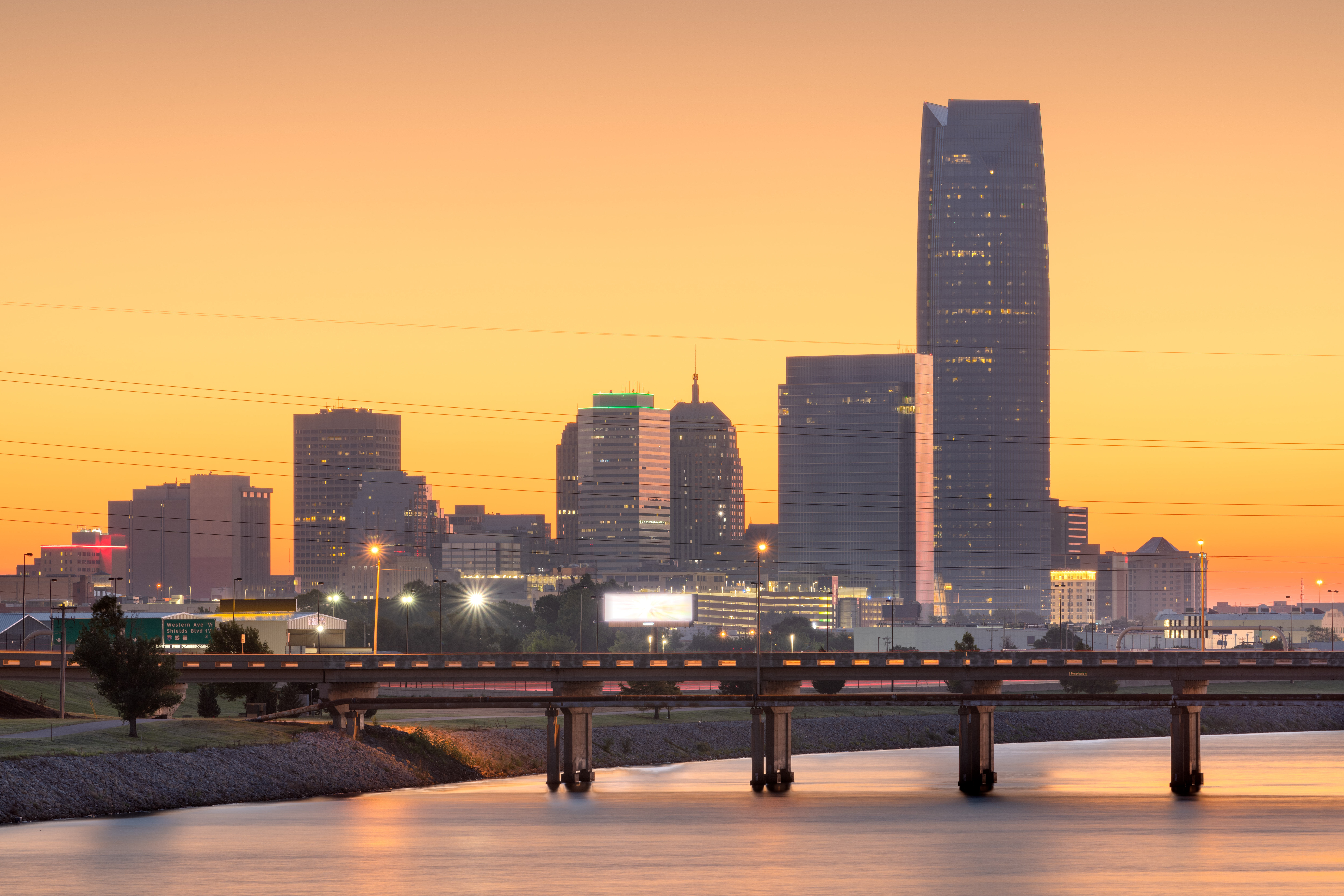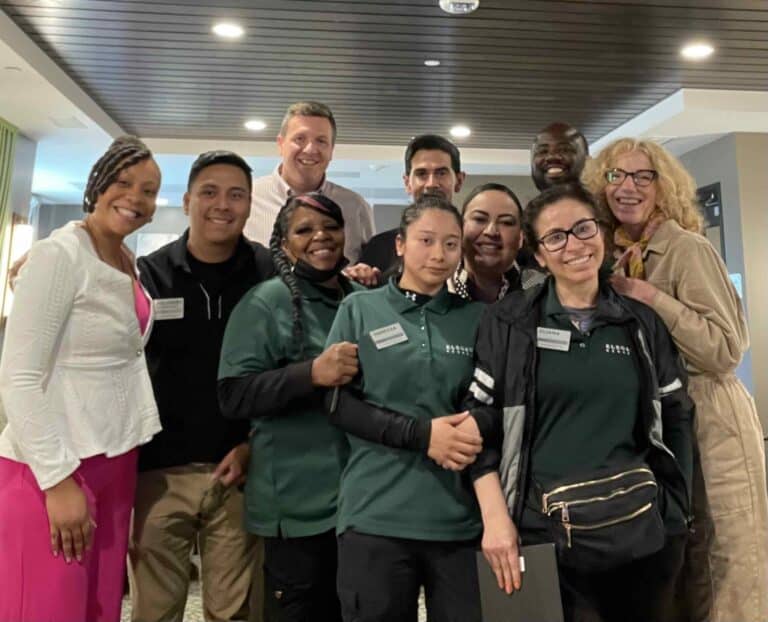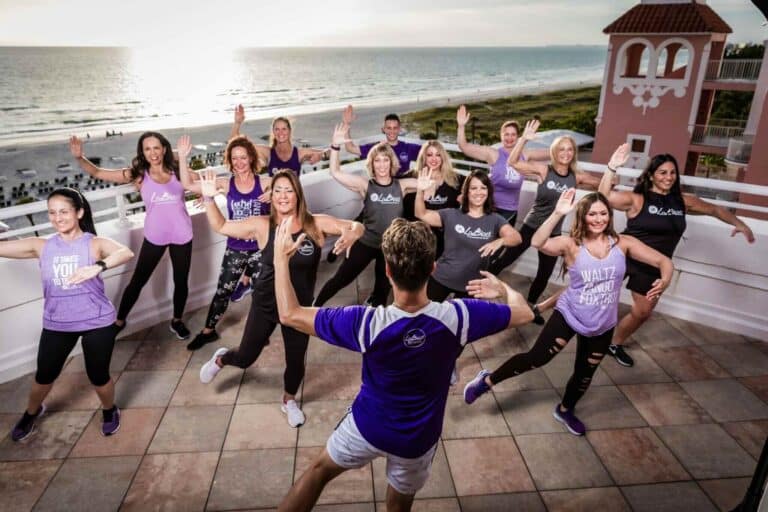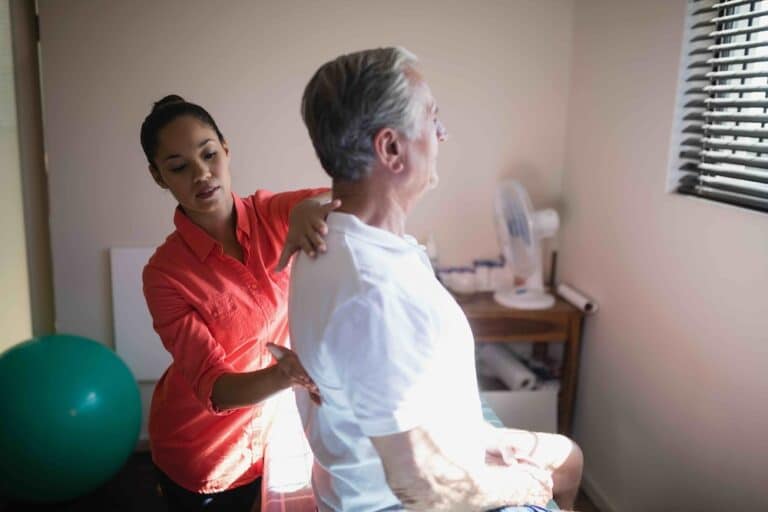With the pandemic, talent shortage, high attrition rates, and a steady stream of unknowns, organizations need change leaders now, more than ever. To address these concerns, our co-CEO, Daniel Freedman, sat down with change leader and four-term mayor Mick Cornett to learn about how he transformed the health and culture of Oklahoma City during his time in office.
Among his many accomplishments during his terms, one of his most notable was the multi-year, city-wide campaign that led to a collective loss of one million pounds of OKC residents. The journey to get there was not easy so in a similarly pivotal moment for many HR, city, and business leaders to lead change at their organizations, we sat down with him to learn how he generated momentum and what changes needed to be made to transform health and culture.
Here are some notable takeaways from their conversation.
Q: What was your “aha” moment that served as a catalyst for that huge change you led in Oklahoma City?
Well, we had been placed on the list of the most obese cities in the country, and I was embarrassed by it…So, I studied the issue for literally months, and I looked at our city’s infrastructure. I was trying to figure out why we had a problem with obesity, and I finally came to the conclusion that I may not have the magic pill that’s going to cure this problem…I didn’t know the answer. But I did know this. Whatever the solution is, it’s got to start with a conversation.
Nearly three years into the future, 47,000 people signed up, and we lost one million pounds. Now, a lot happened in that three-year span, and I became the most unlikely spokesperson for obesity that anyone could write a description for…But my initial instinct was right. We had to have a conversation. We have to be able to lift the veil off the subject of obesity and feel like it’s a subject that we can talk about, because certainly when you look at the health care costs that are going on in our country, it’s a worthwhile conversation.
Q: How did you maintain the excitement around the campaign? You often launch initiatives, you get the initial boost but four years is a real success in keeping that going. How did you maintain that?
Every three months I would hold a Press conference, and I would bring some of our more productive weight loss students into the press conference with me…We would [also] just go on the website and say, “If you’d like to tell your story, send us an email…”
…You had people that had lost in the beginning 10, 20, or 50 pounds; and then later they’d even lost more than that. Or entire families would come forward and talk about their stories.
This was an awareness campaign…we greatly increased the awareness of the problems of obesity and what people can do to direct more positive change in their lives.
Q: Can you speak a bit about how people felt they were in this together?
We had lifted the veil off of the topic. You had people talking about it.
…We really became a facilitator for any group that wanted to get involved…people would just talk amongst each other and say, “Hey, let’s get involved in this.”
It’s very important that the people around you, whether it’s your company, your organization, where you work, or your church organization, HR, whichever organization you’re participating with, [helps you feel] like you’re not alone.
Q: It’s always a challenge for leaders within companies to make that broader business case of why they are focused on the health and wellness of their employees. This is why it’s so important. How did you convey that to the business leaders in Oklahoma City?
They were all looking for ways to lower their health care costs. Almost anybody in a leadership position for a company realizes that health care costs are going up a few points every year. [I]f you can have a healthier populace in your program, you’re going to be able to save health care costs long term.
Q: What advice do you give to people who are maybe starting their HR career or in the middle of an HR career, of how they can make that impact within their companies, and through their companies in their communities?
I think just being able to talk to people about things that they may not feel comfortable talking about. But I think, you know, HR people are generally really good at that, you know, whether it’s talking about health or finances or a relationship inside the company.
Q: You did a number of things in making the city itself a better place to live a healthy life. Can you talk a bit about what you did in the city?
In the process of studying my city and understanding why it had an obesity issue, I realized that it was because we had completely designed the city around automobile travel. We had really left the pedestrian or a bicycle community on the sidelines. Urban sprawl is a big issue in Oklahoma City…
We then…said, “Let’s change our infrastructure.” And so we had some large initiatives coming up with hundreds of millions of dollars available without a tax increase. And in that large package, we were able to put things like sidewalks, jogging and biking paths, senior wellness centers. We were investing in…canoeing, kayaking, and rowing; we were building a lot of really impressive parks and new boulevards that were more pedestrian-friendly.
Q: How do you advise people to deal with rejections and pushbacks along the way?
At the end of the day, you’ve got to be able to look yourself in the mirror and say, “Did I do the right things?”
Q: One question that popped up from the audience is in a highly divided country that we find ourselves in right now is wellness, an area that could unite people behind?
Yeah…absolutely. And we need to be gravitating toward those things. Health and wellness shouldn’t be a partisan issue, and I really don’t think it is. It’s about personal responsibility.
Q: How do you advise leaders of cities and companies about building resiliency amongst their populations and amongst their employees?
What I see is just the stress that people are going through. You know, if you’re a person with children, then there’s a good chance you also have parents and you get caught in that you want to take care of your parents, you want to take care of your kids. And, oh, by the way, you need to take care of yourself.
Anything…we can do to increase exercise, to increase the mental health opportunities for our employees is going to be helpful.
Q: I think perhaps a takeaway point is one thing that you mentioned at the start, which is that it’s about doing better. It’s about making small steps, and that’s really the job of company leaders and people who wish to make changes within their companies and their cities.
It’s not about trying to achieve everything in one go, but these small steps, these small improvements really make a big difference.
Want to hear the rest?
To hear the full conversation, full of additional insights and tips, check out the on-demand recording. You can also learn more about Mick’s ongoing work through his recent book “The Next American City” available now.
If you are looking to transform the health and culture of your company or city, we welcome you to introduce yourself to us to learn more.






